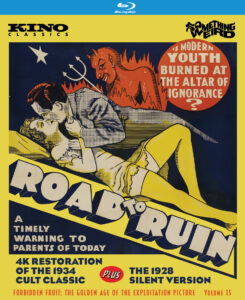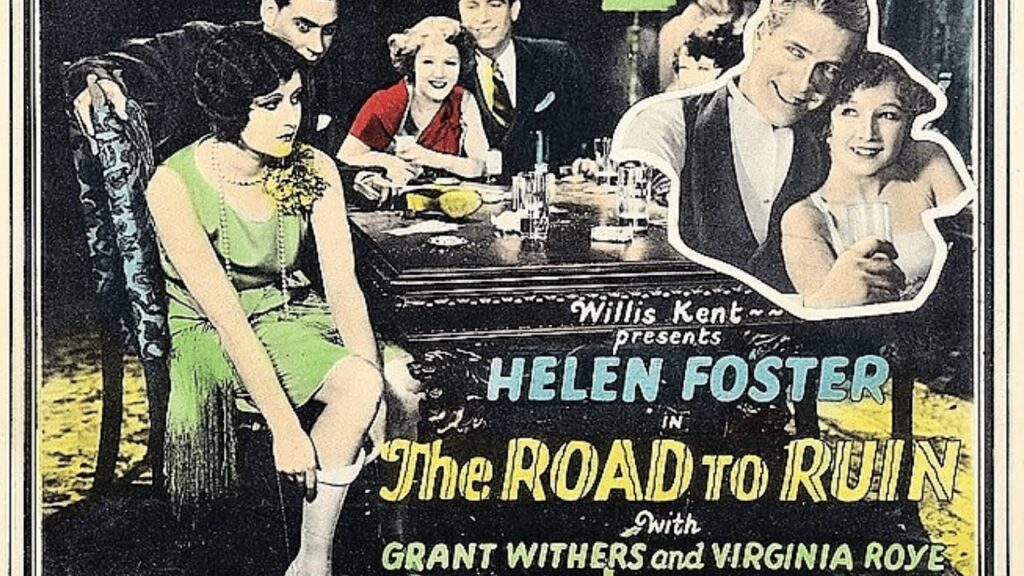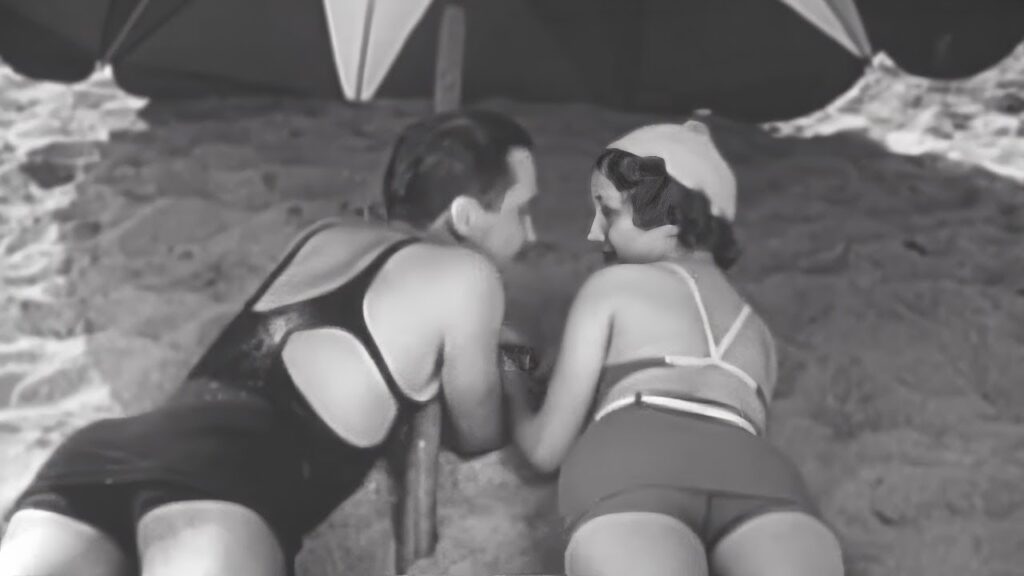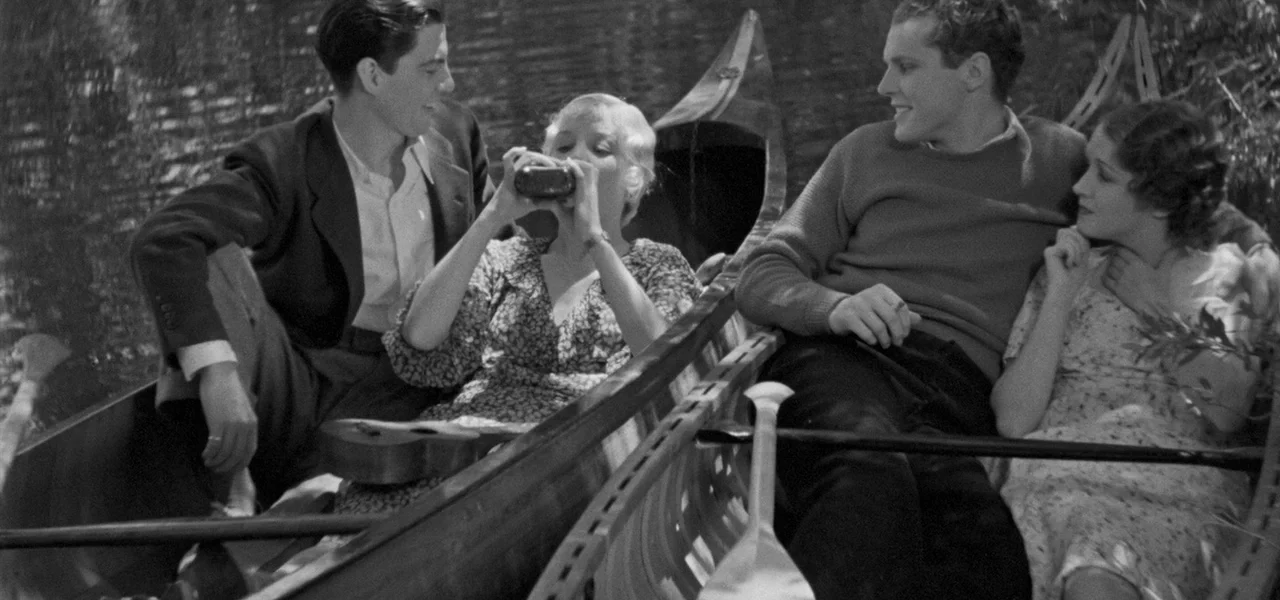Vintage Cautionary Film and its Remake Land on Blu-ray

Directed by Norton S. Parker (1928), Dorothy Davenport and Melville Shyer (1934)
Starring Helen Foster, Virginia Roye, Grant Withers (1928), Helen Foster, Nell O’Day, Glen Boles (1934)
Released March 23rd, 1928 (Silent version), May 15th, 1934 (Talkie version)
Unrated
The Kino Lorber Classics Blu-ray release of The Road to Ruin is a double feature presented on a single disc containing both the 1928 silent film and the 1934 talkie remake. These cautionary tales are brought to life in vivid fashion thanks to an impressive transfer for each film, though only one version may be worth your time. Let’s start with my thoughts on the 1928 film.
Presented as a warning from police to parents about the dangers of juvenile delinquency, The Road to Ruin stars Helen Foster as Sally, a young teenager who gets mixed up with the wrong crowd and ends up dancing, drinking, and drugging, to her detriment. The film follows Sally as she makes staying out late a habit, partying with her more outgoing pal Eve (Virginia Roye) and some ne’er do well boys.
The boys ride around in a jalopy with random words painted all over it, including “Here ‘Tis” on the windshield. Nobody told these boys that drinking and driving don’t mix, or they didn’t listen. One night when they are all partying at “The Barn”, a gathering place for youths, things take a turn for the worse when Sally goes off with a charming man she doesn’t know. At his apartment, he spikes her drink. Things get worse from there, the police get involved, and our story ends dramatically with a Bible verse.

The restoration of the black and white footage from 1928 is stunning, with faces and fashions that look as though they could have been filmed last week. It’s truly something special to behold. This version is color-tinted, runs for a scant 55 minutes, and is complimented by a pleasant piano score from 2024 composed and performed by Andrew Earle Simpson. It is also chock-full of memorable dialogue slides packed with the vernacular of the day, such as “Try it – don’t be a flat tire all your life!” I would be happy to revisit the silent version of this story in the future, but I cannot say the same for the talkie remake from 1934.
The reason The Road to Ruin was remade six years later as a color-tinted talkie is because silent films were out of fashion and producers thought audiences would rather see something more contemporary, complete with singing and dancing. I would not classify this as a musical, but the 1934 remake does feature a few (bad) songs performed in a few odd scenes. The titles and songwriters of these tunes have been lost to time. Suffice to say you will not be humming them when the movie is over.
The story presented in this version of the film is slightly different than the silent film, and altogether drops the frame story of the police captain speaking to the audience. Helen Foster reprises her role as the plucky protagonist from the silent version, and she is still relatively convincing in the part, though by this time she was 27 years old.

The rest of the cast are new players, and none of them are as engaging as their silent counterparts. In contrast with the silent version’s more dreamlike quality, this version feels overwrought and melodramatic. The talkie version has less personality overall and during its 74-minute runtime isn’t as involving or compelling as the silent original.
While the talkie remake is disappointing, the silent film is worth having in your collection, and I give Kino Lorber credit for bundling both versions of The Road to Ruin on one release. The Kino Lorber Classics Blu-ray disc also sports trailers for some other exploitation films of the era, and two audio commentaries: one for the 1928 silent original by film historian Anthony Slide, and one for the 1934 talkie remake by Eric Schaefer, author of Bold! Daring! Shocking! True! A History of Exploitation Films.


